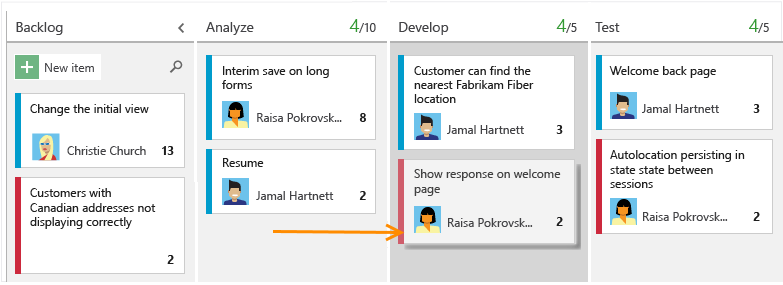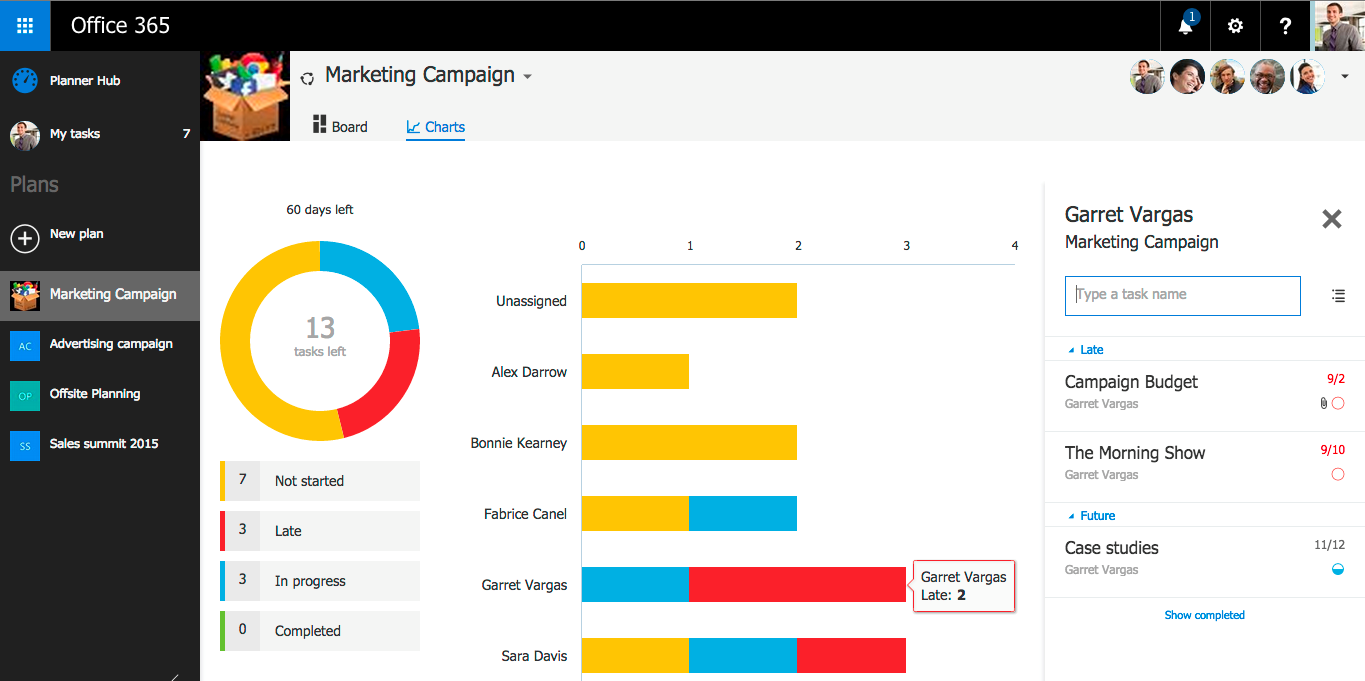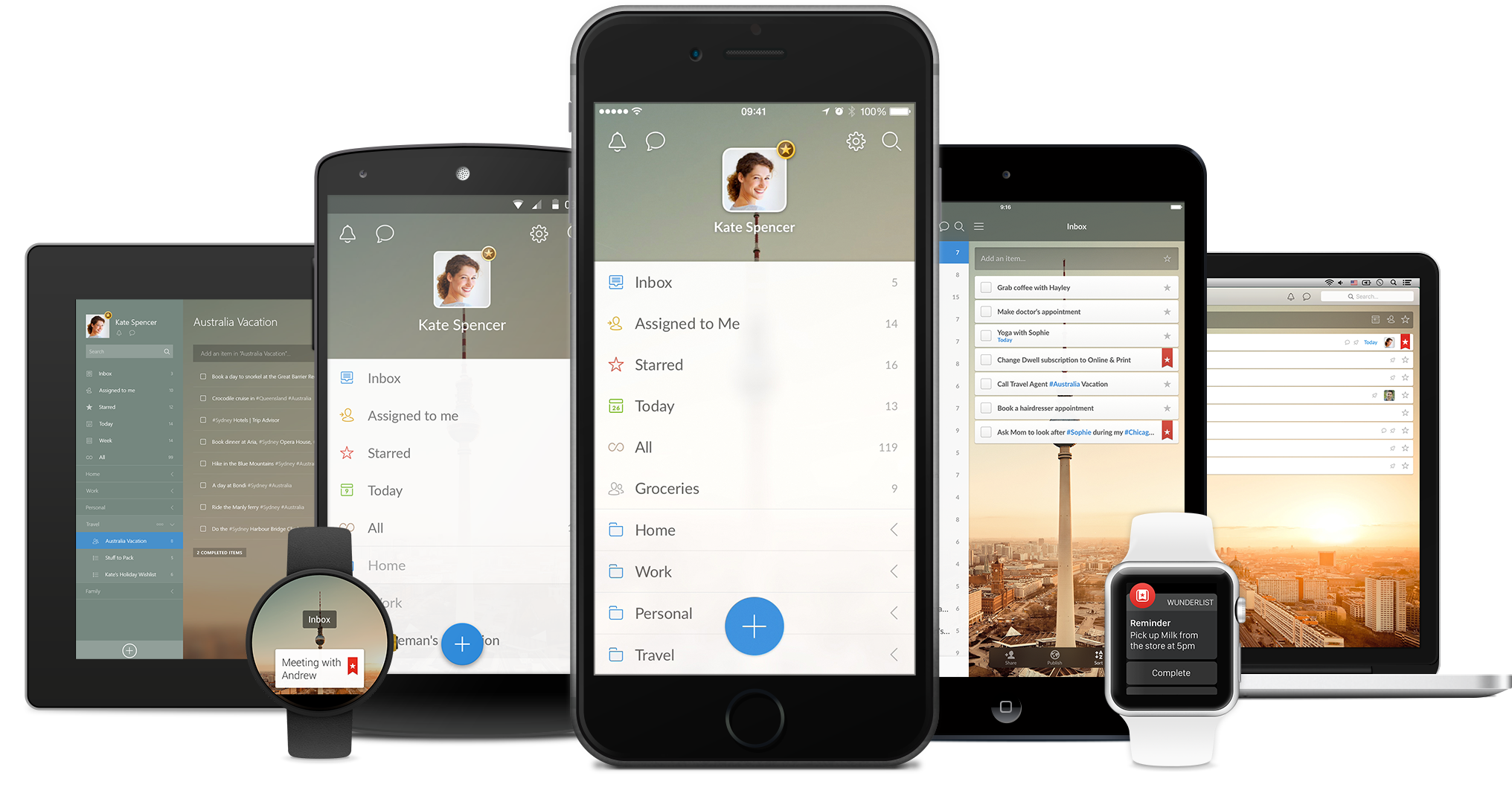Major IT projects have many moving parts that require a diverse group of people to manage work. Project managers must have the tools to manage timelines, resources, budgets, issues, risks, and much more. Until recently, Microsoft had two one-size-fits-all apps. There was Microsoft Project on the desktop and Microsoft Project Server for the so-called PPM (portfolio and project management) market. The times are changing though, so let’s take a look at what Microsoft has done and where the future is going.
Introducing Microsoft Project, Project Server, and SharePoint
If you needed to manage a large IT project, you would fire up a copy of Microsoft Project and start inputting all the tasks necessary to complete the work. There are certainly competing project-management tools out there, but for years, Microsoft Project has been the go-to tool for many project managers.
Microsoft Project allows you to create and link tasks, generate industry-standard Gantt charts, and assign resources. People like to refer to Microsoft Project as a waterfall project-management tool because, as you can see in the image below, all the tasks tend to start at the top and flow downward.

IT projects can get out of hand quickly if you cannot build reports to track all the work people are doing. Microsoft saw this need and released a product called Microsoft Project Server (also available on Office 365 as Project Online). Microsoft Project Server introduced a new term to the world called EPM (or Enterprise Project Management). For the first time, teams could store their projects in a database to share a common resource pool, and share projects with their teams.
As SQL technology progressed, Microsoft added portfolio-management capabilities to Project Server and adopted the term PPM (or Portfolio Project Management). This relatively new feature allows IT leadership to balance current projects with new incoming projects. Projects can be rated against business priorities and then put above the line or below the line, as the image below shows.

Customers like that Microsoft Project Server is part of SharePoint, allowing each project to have so-called collaboration spaces. These SharePoint collaboration spaces allow teams to track project documents, converse on various topic areas, and keep team calendars.

What about Agile?
Unlike Microsoft Project’s waterfall where all the tasks are planned out, Agile assumes you have a backlog of work, and you do that work when you can. That backlog can grow over time as new requirements and enhancements are needed. Waterfall assumes you plan every resource for every task. In Agile, you simply assign yourself (or someone else) when you can, so there is less a concept of upfront resource planning.
Managing Agile projects looks very different than managing a waterfall project. Agile projects provide an overview of all the work to be done in something that looks like a Kanban board. Microsoft is engaging the Agile space in two ways:
- Provide interactive Kanban boards with Planner and Visual Studio Team Services.
- Enable natural distribution of tasks to team members with Wunderlist.
Introducing Visual Studio Team Services
Visual Studio Team Services allows software developers to track user stories (mini use case scenarios) and then integrate that into their code workflow. Assuming you adopt Visual Studio as your primary IDE (integrated development environment), you can easily set up a Team Services environment to track all your work from one place.

Introducing Planner
Agile is not just for software development. Many corporations are adopting Agile as part of their business operations. For example, manufacturing and energy companies are using Agile to speed up the delivery of new technologies and products.
Taking queues from emerging Agile trends in business, Microsoft created a brand-new project management tool called Planner. With Planner, business teams that want the simplicity of a Kanban board (or what Microsoft just calls a board) can efficiently track their work, assign tasks to themselves, or even assign tasks to other people.
Planner has some remarkably slick reports that show how much work people are doing and allow you to track progress and make adjustments quickly. Microsoft designed Planner in such a way that little or no training is required to get up and running. It is easy to build more boards (projects), you can have threaded discussions, and add attachments to the tasks.

Introducing Wunderlist
Microsoft purchased the company that makes Wunderlist because it does one thing extremely well: It allows you to create tasks and share them with people. Unlike all the other products in this post, you can use Wunderlist to track everything from a grocery list to that big strategic project at the office.

So there you have it. Microsoft Project is still a viable product for IT projects, but you do have choices.
Photo credits: Unsplash.com, Microsoft




I would also mention that Microsoft Project added support for Agile in 2013, making it a powerful tool to manage mixed or hybrid projects that span both waterfall and agile methodologies. As Tony Stark asked in the first Iron Man movie: “is it too much to ask for both?”
Hi Mark, do you want to elaborate on what features you are referring to?
In general, Microsoft Project and Project Server tend to focus on waterfall style activities. Microsoft Planner supports agile methodologies. As of this writing, there is no real connection between Planner and Project.
What Microsoft added in 2013 were a set of fields in the back of Microsoft Project (Cumulative fields) that made calculating the metrics of Agile projects possible without formula gymnastics. They even added an out-of-the-box burndown chart which looked nice in their new reporting tab. What they didn’t do was develop any Kanban style boards for managing the backlog (if I remember correctly, you came up with a nice method for doing this) and so I understand that Planner fills a needed gap in the overall UI of things. I just wish that Microsoft had a more integrated approach for these things and extended functionality out through existing tools more often than bolting on new pieces that may or may not preserve data across platforms. But I do appreciate the new investments that Microsoft continues to make on these products and the increasing velocity of innovation that they are achieving. It’s all good.
Hi Mark,
Yes, Microsoft added a pretty powerful reporting module directly inside Microsoft Project. Some of the built-in reports, like the burn down report do help provide an agile perspective of the plan. Thank you for noticing my Kanban board, by the way 🙂
With Agile methodologies, teams may not know who is doing what until the next sprint. This is something waterfall practitioners struggle with because they want to plan this all out in their schedule well before hand. It is for that reason I am still not really calling Microsoft Project an Agile tool.
I completely agree with you that Planner, Wunderlist, Microsoft Project, SharePoint, and other management tools from Microsoft need a more holistic integrated approach. I am certain Microsoft sees this as an opportunity but for now, these products are loosely (or not at all) coupled.